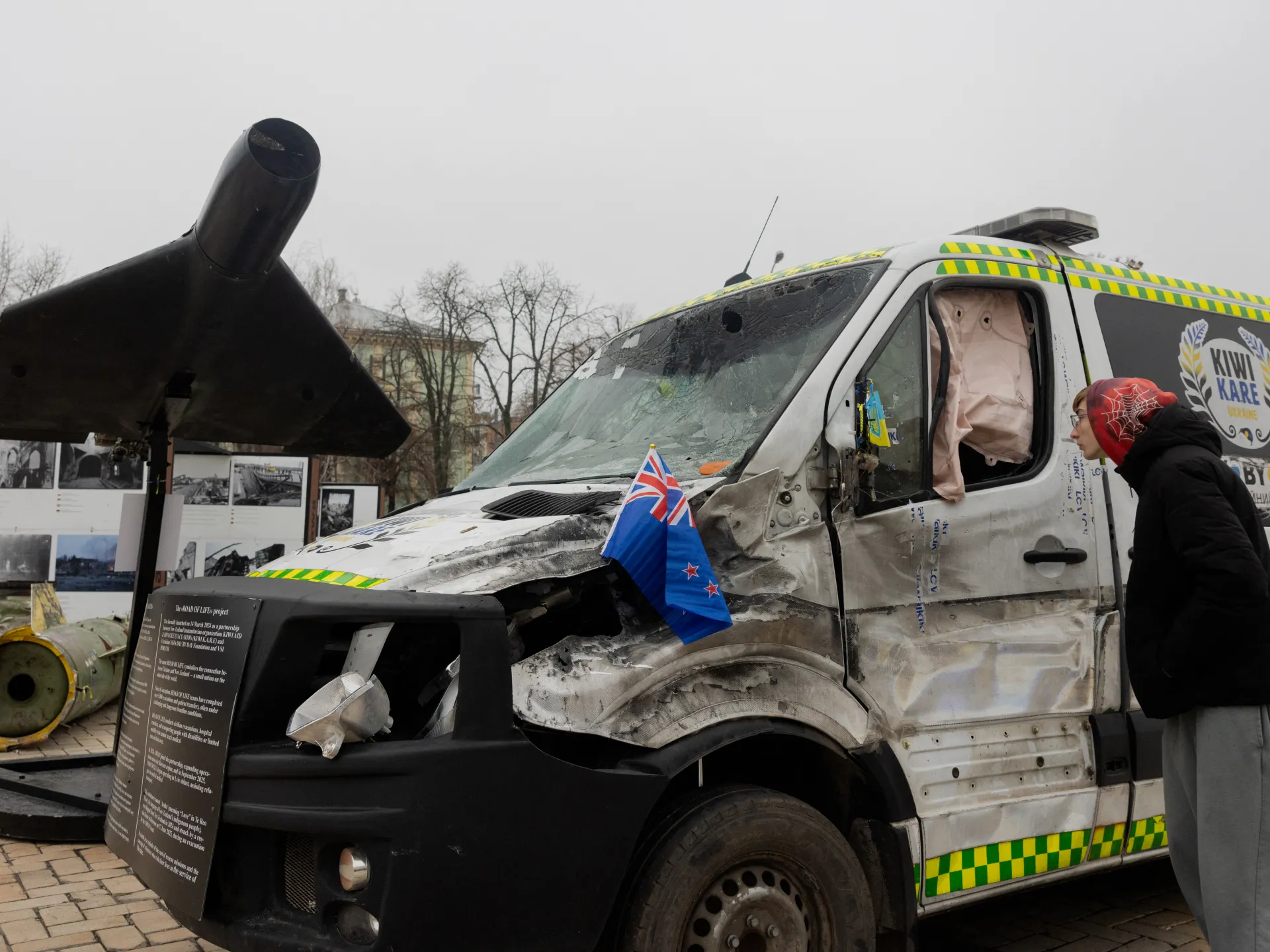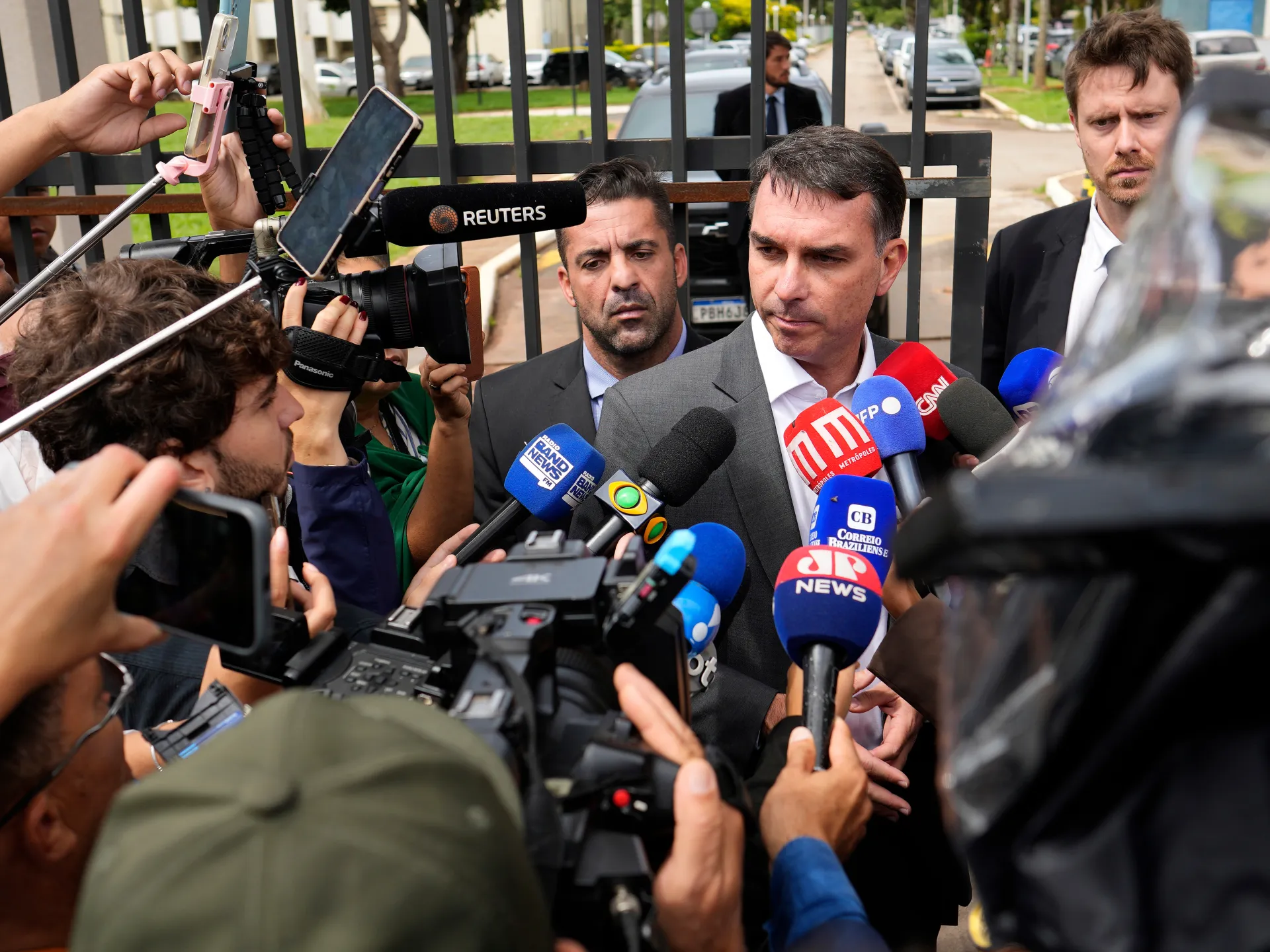Russia-Ukraine war: List of key events, day 1,385 | Russia-Ukraine war News
These are the key developments from day 1,385 of Russia’s war on Ukraine.
Published On 10 Dec 2025
Here’s where things stand on Wednesday, December 10 :
Fighting
-
Ukrainian troops holding parts of the beleaguered city of Pokrovsk have been ordered to withdraw from hard-to-defend positions in the past week, Ukraine’s top military commander, Oleksandr Syrskii, said.
-
Syrskii said the situation in Pokrovsk remains difficult for Ukrainian forces, with Russia massing an estimated 156,000 troops in the area under cover of recent rain and fog.
- Russia’s top general, Valery Gerasimov, said that Moscow’s forces were advancing along the entire front line in Ukraine and were also focused on Ukrainian troops in the surrounded town of Myrnohrad.
- Russia said air defence systems intercepted and destroyed 121 Ukrainian drones throughout Tuesday.
- A member of the United Kingdom’s armed forces was killed in Ukraine while observing Ukrainian forces test a new defensive capability, the UK’s Ministry of Defence said. The ministry said the British soldier was killed away from the front lines with Russian forces.
-
Ukraine’s state gas and oil company, Naftogaz, said that Russian drones had damaged gas infrastructure facilities, but there were no casualties.
- Russia’s Syzran oil refinery on the Volga River halted oil processing on December 5 after being damaged by a Ukrainian drone attack, the Reuters news agency reported, citing two industry sources.
-
Ukraine will introduce more restrictions on power use and will allow additional energy imports as it struggles to repair infrastructure targeted by Russian strikes, Prime Minister Yulia Svyrydenko said.
Ceasefire
- Ukraine and its European partners, Germany, France and the UK, will present the US with “refined documents” on a peace plan to end the war with Russia, Ukrainian President Volodymyr Zelenskyy said.
- Finnish President Alexander Stubb said that allies of Ukraine worked on three separate documents, including a 20-point framework for peace, a set of security guarantees and a post-war reconstruction plan.
- At a United Nations Security Council meeting on Ukraine, Deputy US Ambassador Jennifer Locetta said the United States is working to bridge the divide in peace talks between Moscow and Kyiv. She said the aim is to secure a permanent ceasefire, and “a mutually agreed peace deal that leaves Ukraine sovereign and independent and with an opportunity for real prosperity”.
- Russia’s UN ambassador to the UN, Vassily Nebenzia, said, “What we have on the table are fairly realistic proposals for long-term, lasting settlement of Ukrainian conflict, something that our US colleagues are diligently working on.”
- Pope Leo said Europe must play a central role in efforts to end the war in Ukraine, warning that any peace plan sidelining the continent is “not realistic”, while urging leaders to seize what he described as a great opportunity to work together for a just peace.
Politics and diplomacy
- Zelenskyy said he was prepared to hold elections within three months if the US and Kyiv’s European allies could ensure the security of the vote. Wartime elections are forbidden by law in Ukraine, but Zelenskyy, whose term expired last year, is facing renewed pressure from US President Donald Trump to hold a vote.
- The Kremlin said that European claims that Russian President Vladimir Putin wanted to restore the Soviet Union were incorrect and that claims Putin plans to invade a NATO member were absolute rubbish.
- The European Union is very close to a solution for financing Ukraine in 2026 and 2027 that would have the support of at least a qualified majority of EU countries, European Council President Antonio Costa said.
- Japan has denied a media report that it had rebuffed an EU request to join plans to use frozen Russian state assets to fund Ukraine.
Regional security
- Three men went on trial in Germany, accused of following a former Ukrainian soldier on behalf of a Russian intelligence service as part of a possible assassination plot.
Sanctions
- US Secretary of the Treasury Scott Bessent said he discussed US sanctions on Russian oil giants Lukoil and Rosneft with Ukrainian Prime Minister Svyrydenko.





